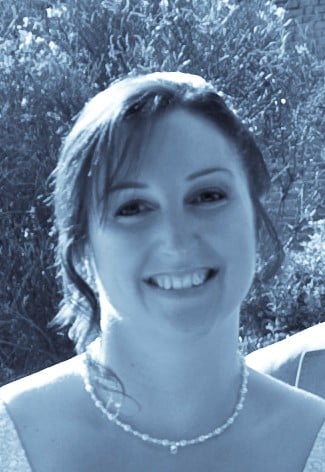How to Create Setting in Creative Writing (AQA GCSE English Language) : Revision Note
In Question 5 of the AQA English Language Paper 1 exam, including a setting is a crucial element of your writing task. Whether the question asks you to describe a scene or write an opening or narrative, establishing a strong setting can help immerse the reader in your writing.
Should my creative writing include a setting?
One of the most effective ways to create atmosphere in your writing is through your use of setting. How you describe the setting will affect the tone, mood and impact of your writing.
An effective setting:
Creates a specific atmosphere or mood
Engages the reader’s senses (sight, sound, smell, touch, taste)
Reflects the emotions of characters
Can build tension or suspense
How to create setting
To achieve high marks in this question, you must carefully craft your setting using sensory details and language devices.
Examiners look for writing that shows ambition and control, so choose your words carefully and use sentence structure to guide your reader. For example:
A gloomy and tense setting could use short sentences to build suspense
A peaceful setting could be described using longer sentences to create a feeling of calm
Start with a question |
|
|---|---|
Think about why the setting matters |
|
Use weather or time of day to set the mood |
|
How do I develop my setting?
Once you have decided upon your setting, it is important to build on it and develop it throughout your writing
An effective setting should not simply appear in the opening paragraph and then disappear
It should continue to evolve alongside your narrative or description and help influence the mood and atmosphere of your writing
Let’s look at some examples of effective settings which the writers have purposefully developed throughout their narratives.
“...the rain pattered dismally against the panes, and my candle was nearly burnt out when, by the glimmer of the half-extinguished light, I saw the dull yellow eye of the creature open” — Frankenstein by Mary Shelley |
In this example, the weather contributes to the gloomy tone. Here the writer uses darkness, the stormy weather and the flickering candlelight to build tension and suspense.
“Fog everywhere. Fog up the river, where it flows among green aits and meadows; fog down the river, where it rolls defiled among the tiers of shipping and the waterside pollutions of a great (and dirty) city.” — Bleak House by Charles Dickens |
In this example, the writer uses repetition of the word “fog” to overwhelm the reader and create a suffocating atmosphere. Here the repetition mimics the fog itself by creeping into every space.
“The sun in the west was a drop of burning gold that slid nearer and nearer the sill of the world. All at once they were aware of the evening as the end of light and warmth.” — Lord of the Flies by William Golding |
In this example, the writer uses light and the setting sun as a metaphor. It is referred to as ”a drop of burning gold” to reflect its intensity and preciousness, but the writer develops this further by stating that it “slid nearer and nearer the sill of the world” which alludes to an encroaching darkness. This creates an atmosphere of foreboding.
What techniques should I use to describe my setting?
Technique | Why is this effective? | Example |
Five senses | Immerses the reader in the scene | “The scent of rain filled the air and the pavement glistened” |
Gives the setting human characteristics | “The wind whispered through the trees” | |
Gives deeper meaning to the setting, linking it to themes | “The broken clock on the wall ticked no more” | |
Metaphor | Creates vivid imagery | “The city was a sleeping giant” |
Repetition | Builds rhythm and attention to an idea or feeling | “The snow fell. It fell on the trees and on the ruined buildings. It fell everywhere” |
Uses weather or nature to reflect emotion or mood | “The storm came rattling over the heights in full fury” | |
Zoom in technique | Focuses the reader’s attention on specific details | “A thin crack appeared on the mirror, distorting her reflection” |
Contrast | Highlights change or mood shifts between places or times | “Inside, the people roared with laughter; outside, he stood alone in the rain” |
Examiner Tips and Tricks
Avoid vague descriptions of your settings. Instead, try to convey mood and atmosphere through detailed and vivid descriptions.
For instance, you could link your setting to the emotions or actions of your characters. This will show the examiner that you are thinking purposefully about how the setting supports your narrative and character development.
Want to get the highest grade on the writing section of the English Language papers? Dive deeper into our Writing Exam Tips section with these topics:

You've read 0 of your 5 free revision notes this week
Sign up now. It’s free!
Did this page help you?

